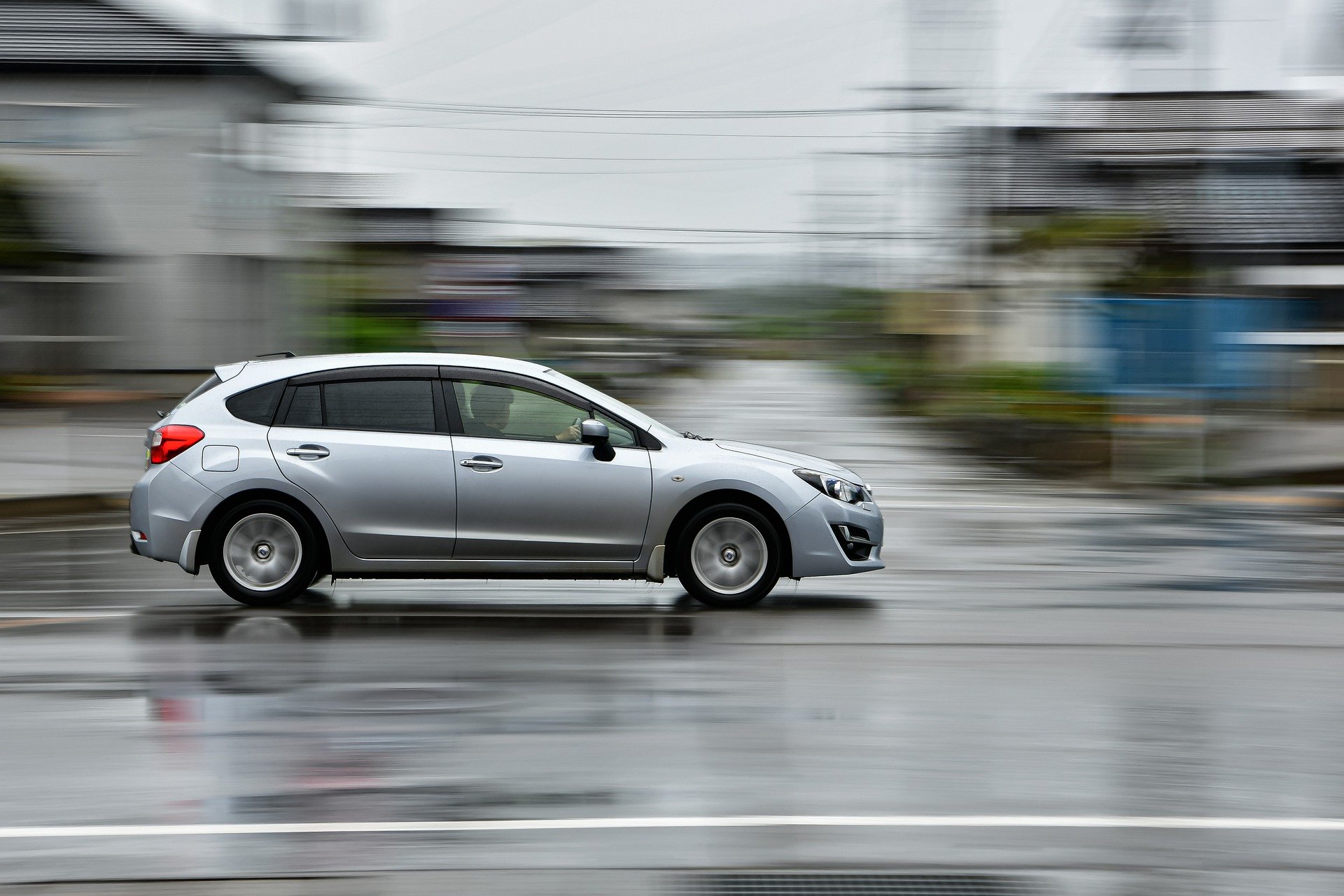Hydroplaning: Mastering the Aquatic Menace of the Roads
The sudden loss of control as your vehicle glides atop a thin layer of water, steering becoming unresponsive, and your heart racing - this is hydroplaning, a phenomenon that turns roads into treacherous waterways. But what causes this aquatic menace, and how can drivers conquer it? Let's dive into the fluid dynamics of hydroplaning and equip ourselves with the knowledge to navigate safely through wet conditions.

Factors that Influence Hydroplaning
Several variables contribute to the likelihood and severity of hydroplaning. Tire tread depth plays a crucial role in water dispersion, with worn tires significantly increasing the risk. Vehicle speed is another critical factor; the faster you drive, the less time your tires have to channel water away. Road surface conditions, including texture and drainage, also impact water accumulation. Additionally, the weight and distribution of your vehicle affect its susceptibility to hydroplaning.
Recognizing the Signs
Identifying the onset of hydroplaning is crucial for swift corrective action. Drivers may experience a sudden lightness in steering, as if the vehicle is floating. The engine might rev higher as the wheels lose contact with the road surface. In severe cases, the vehicle may drift or veer unexpectedly. Understanding these warning signs allows drivers to respond promptly and effectively to regain control.
Prevention Techniques
Preventing hydroplaning begins long before you encounter wet roads. Regular tire maintenance, including proper inflation and rotation, ensures optimal water dispersion. Reducing speed in wet conditions is paramount, as it allows tires more time to channel water effectively. Avoiding sudden movements, such as sharp turns or hard braking, helps maintain stability. Additionally, following the tracks of vehicles ahead can provide a path where water has already been displaced.
Recovery Strategies
If you find yourself hydroplaning, resist the urge to brake hard or make sudden steering inputs. Instead, ease off the accelerator and steer gently in the direction you want to go. Modern vehicles equipped with stability control systems can assist in regaining traction, but driver input remains crucial. Practice these techniques in a safe environment to build muscle memory for real-world scenarios.
Technological Advancements
The automotive industry continues to innovate in the fight against hydroplaning. Advanced tire designs incorporate sophisticated tread patterns and compounds that enhance water dispersion. Vehicle stability systems have evolved to detect and mitigate hydroplaning more effectively. Some manufacturers are even exploring active aerodynamic elements that can help channel water away from the tires at high speeds.
The Role of Road Design
Highway engineers play a vital role in combating hydroplaning through intelligent road design. Proper drainage systems, road crowning, and surface texturing all contribute to reducing water accumulation. Some innovative road surfaces incorporate porous materials that allow water to drain through the road itself, significantly reducing the risk of hydroplaning.
Training and Education
Despite technological advancements, driver education remains crucial in preventing hydroplaning-related accidents. Advanced driver training programs that include wet weather handling techniques can significantly improve a driver’s ability to prevent and recover from hydroplaning. Simulator-based training offers a safe environment to experience and learn from hydroplaning scenarios without real-world risks.
Global Perspectives on Hydroplaning
Different regions around the world face unique challenges when it comes to hydroplaning. Tropical areas with frequent heavy rainfall require especially robust strategies, while areas with prolonged dry spells followed by sudden rain present their own set of challenges. Examining how various countries address hydroplaning through legislation, infrastructure, and public education provides valuable insights for global best practices.
The Future of Hydroplaning Prevention
As we look to the future, the fight against hydroplaning is set to evolve dramatically. Emerging technologies like smart tires that can adapt their tread pattern in real-time to optimize water dispersion show promise. Additionally, the integration of weather data with vehicle systems could allow for proactive adjustments to vehicle dynamics based on predicted road conditions. These advancements, combined with continued improvements in road design and driver education, paint an optimistic picture for safer wet weather driving.
In conclusion, hydroplaning represents a complex interplay of physics, vehicle dynamics, and human factors. By understanding its causes, recognizing its onset, and mastering prevention and recovery techniques, drivers can significantly reduce their risk on wet roads. As technology continues to advance and our understanding deepens, we move closer to a future where hydroplaning becomes a relic of the past, ensuring safer journeys for all road users, regardless of weather conditions.





